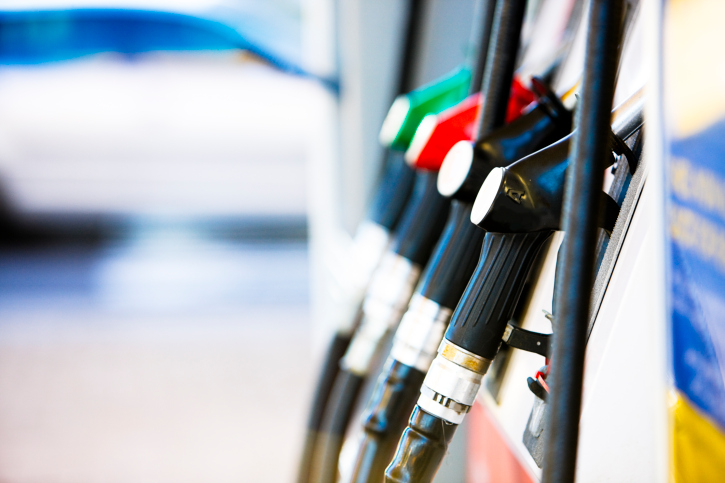
Under Renewable Fuel Standards (RFS) legislation passed in 2005 and 2007 designed to cut U.S. consumption of crude oil, distributors that blend ethanol and gasoline need to prove that they are in fact doing the blending. Some refiners, Valero Energy Corp. (NYSE: VLO) and Tesoro Corp. (NYSE: TSO), for example, do their own buying and blending of ethanol. Others depend on independent distributors to do the blending.
Every gallon of ethanol must be identified by a Renewable Identification Number (RIN) and at the end of the year, the blender accounts for every gallon of ethanol used. If the blender did not buy enough ethanol, then the firm must purchase enough RINs to cover the deficit. If more ethanol was purchased than was used, the blender can carry up to 20% of the credits forward for one year.
Until early January of this year, RINs cost a few pennies each, but when new higher mandated levels for ethanol use go into effect for 2013, there won’t be enough RINs to go around. Thus, blenders are hoarding and the price for RINs closed out last week at around $0.75 (per gallon of ethanol) after rising briefly above $1.00.
In 2012, federal law mandated that roughly 1 million barrels a day of ethanol be included in U.S. fuel. In 2013 that amount rises to roughly 1.1 million barrels a day. Another 2.5 billion gallons of advanced biofuels, like cellulosic ethanol and algae-derived fuels, were mandated in 2012, and the total rises to around 4 billion gallons in 2013.
The U.S. EPA, which enforces the federal legislation, has calculated that about 9.6% of the U.S. fuel supply in 2013 will come from renewable fuels. That has put blenders right up against the so-called “blendwall” limit of 10% ethanol at the pump. The catch is the EPA used an estimate based on 2007 projections of fuel consumption that is 20% higher than the amount actually forecast for 2013. Thus, instead of approaching the 10% blendwall, renewable supply should be closer to 8%, reflecting the reality of current consumption. Demand for RINs has been inflated, the price of RINs has been inflated, and the consumer will ultimately pay.
A proposed solution to this issue has been put forward before by energy economist and analyst Philip Verleger, on whose analysis the preceding summary is based. Verleger suggests that the way to bring renewable production into line with demand is to increase sales of 85% ethanol (E85) fuel. If E85 could attain a 5% market share in 2013, the renewable fuel mandate would drop from 9.6% to 7.6%. According to Verleger’s calculations, every gallon of E85 sold would generate a savings of $0.57 per gallon in component costs. Provided refiners and blenders passed along the savings, owners of flex-fuel vehicles would no doubt buy more E85 if it cost substantially less than a blend of 10% ethanol (E10).
Who would hate this? Verleger states the case clearly:
Refinery owners undoubtedly fear such a rapid development. A rapid shift to E85 could reduce conventional petroleum-based gasoline demand significantly. Half of US refining capacity might need to be shut should RIN prices remain so high. … In short, no RIN problem exists. Instead the trouble has been created by the stubborn resistance of some refining companies — particularly Valero — to the RFS program.
A Valero official cited by Verleger told the Financial Times that refiners could try to avoid the cost of RINs by exporting more refined products, raising the price for gasoline inside the U.S. That’ll make the oil industry even more popular than it already is.
Is Your Money Earning the Best Possible Rate? (Sponsor)
Let’s face it: If your money is just sitting in a checking account, you’re losing value every single day. With most checking accounts offering little to no interest, the cash you worked so hard to save is gradually being eroded by inflation.
However, by moving that money into a high-yield savings account, you can put your cash to work, growing steadily with little to no effort on your part. In just a few clicks, you can set up a high-yield savings account and start earning interest immediately.
There are plenty of reputable banks and online platforms that offer competitive rates, and many of them come with zero fees and no minimum balance requirements. Click here to see if you’re earning the best possible rate on your money!
Thank you for reading! Have some feedback for us?
Contact the 24/7 Wall St. editorial team.



